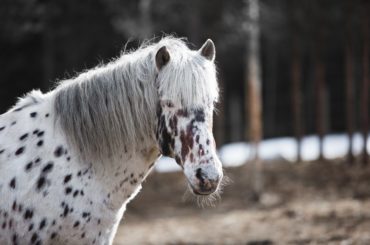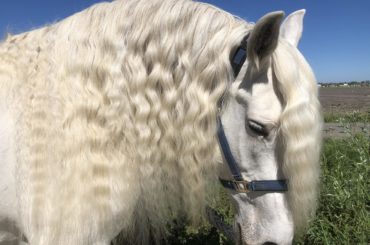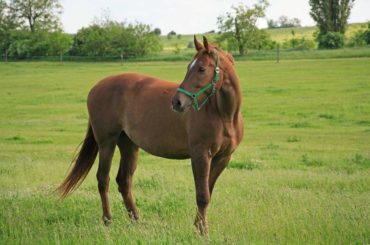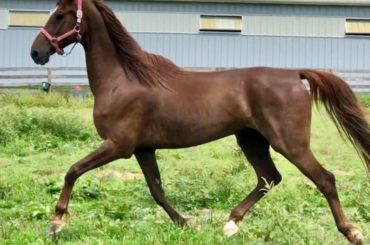The Belgian Warmblood Horse is a warmblood sport horse breed from Belgium. The Zangersheide and the Belgian Sport Horse, which it is very similar, are the other two Belgian warmblood breeds or studbooks. For hundreds of years, horse breeders in the Netherlands, Germany, and France had been producing magnificent saddle horses. However, because the Belgian government was concerned about maintaining the bloodlines of the Belgian draft horse, lighter saddle horses were not allowed to be bred in Belgium until the 1950s.
Jumping horses from France and the Netherlands, as well as Hanoverians and Holsteiners from Germany, formed the foundation stock of the Belgian Warmblood. They effectively prohibited all breeders from producing horses for use under saddle.
Belgian breeders had to import stallions and mares because they lacked native riding horses or all-purpose heavy warmbloods. In Belgium, the first stallion show for riding horses was held unofficially in 1953, and the BWP was created in 1955. The BWP has amassed a mare base of over 3,500 broodmares and produced a substantial number of international-quality showjumpers during the last 50 years.
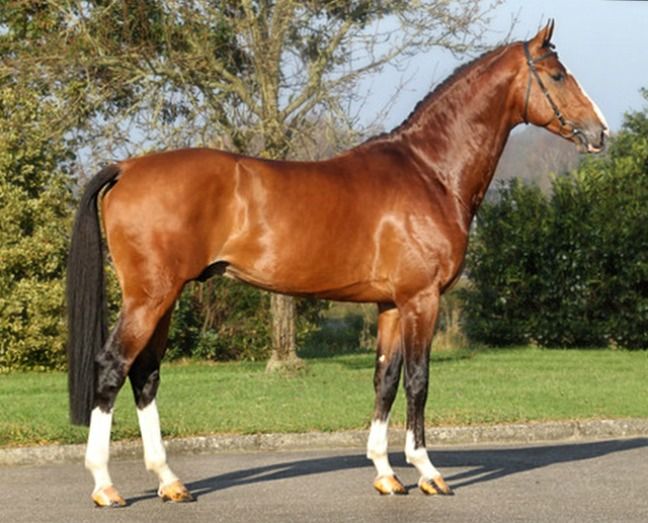
However, in the 1950s, growth in recreational horseback riding, as well as increased mechanization, changed things. Breeder limitations were eased by the government, and Belgians were finally able to catch up to warmblood breeders in other nations.
Belgian Warmblood stallions are presented to a jury between the ages of three and four years old in a “Hengstenkeuring,” or stallion licensing exam. A veterinarian inspection, subjective appraisal of the stallion’s conformation and jumping abilities without a rider, and evaluation of the stallion’s attributes under saddle are all part of the licensing test.
The studbook is not available to stallions that do not pass the licensing exam with the required score. Stallions must compete in the “Classic Cycle,” a series of competitions for young show jumping horses, to keep their studbook status. Mares are subjected to identical conformational tests, however, the assessment of a mare’s riding qualities is optional.
Table of Contents
Belgian Warmblood Horse Body Structure
- These appealing horses will typically have a strong yet compact physique with good depth.
- A deep chest, robust hooves, and strong legs and quarters should all be present.
- Belgian Warmblood Horse feet should be large and sound, and the head should be attractive and properly borne.
- These horses will also have pronounced face characteristics, as well as a pair of dark eyes.
- The neck will be slim, with no prominent crest, and the shoulders will be muscular and relaxed. The back should be proportionate to the rest of the body, with a short and sloping croup.
The Belgian Warmblood is distinguished as a warmblood horse by the homogeneity of purpose rather than coat color, look, or pedigree chart. Belgian Warmblood breeding horses, like all warmbloods, are subjected to stringent studbook selection.
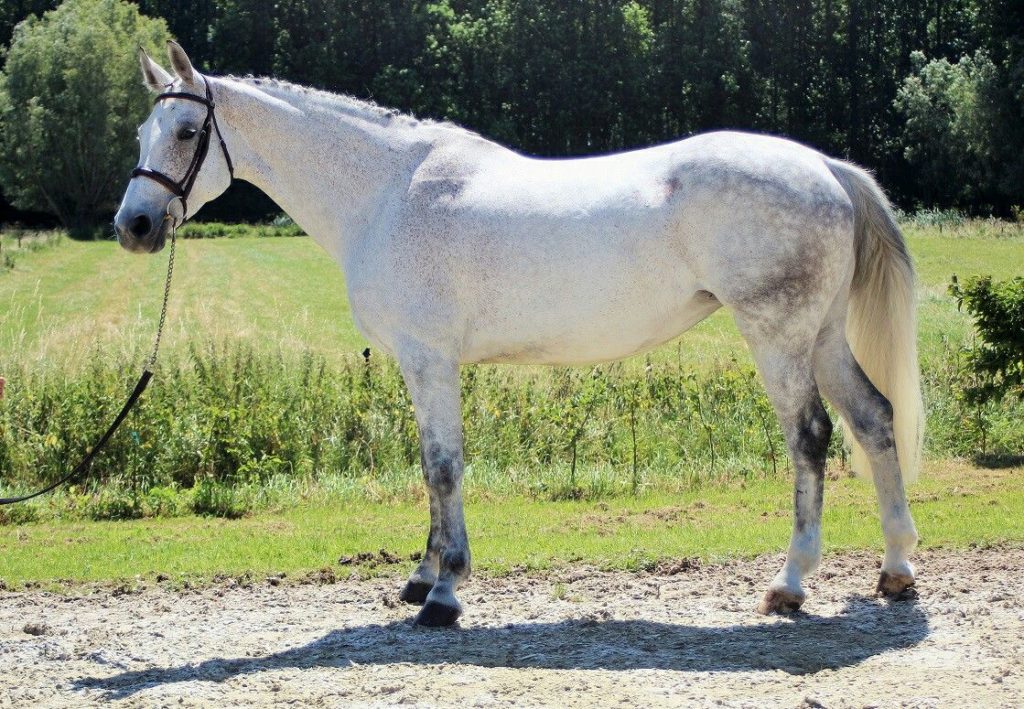
Belgian Warmbloods come in a variety of sizes and shapes, but a stallion should be between 16 and 17 hands tall at the withers. Mares must be at least 15.1 hands tall to be eligible for breeding privileges. Brown, chestnut, black, gray, and bay, as well as pinto and tobiano, are common coat colors among Belgian Warmblood horses.
The brand on the left thigh is the most reliable way to positively identify a Belgian Warmblood. This mark is given to Belgian Warmblood foals at their foal inspection when they are awarded a passport and deemed defect-free.
Belgian Warmblood Horse Behavior
Because it is enthusiastic to try, multi-talented, and bright, the Belgian Warmblood Horse is a joy to deal with. Despite their muscular and athletic bodies, these animals are loyal and compassionate, and they are tenacious and willing to work. Belgian Warmblood horses were bred mostly from equine breeds that were recognized for being hard workers with intelligence and a calm demeanor; these horses have similar characteristics.
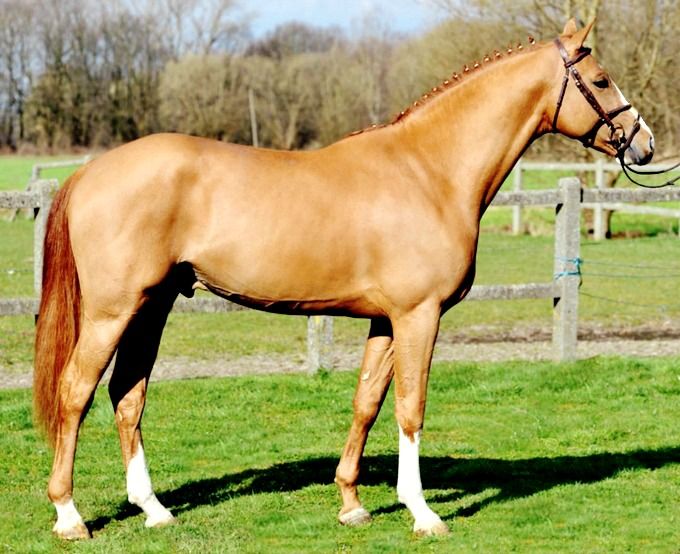
Caring for the Belgian Warmblood Horse
The coat of the Belgian Warmblood Horse is substantially smoother than that of other horse breeds. In addition, the tail and mane of this breed are smoother. This makes grooming the horse easier, especially in the winter. It does, however, need that you take extra precautions to keep your horse warm in the winter, as well as bring your horse inside every night when the weather is chilly. They can live up to 30years.
RECOMMENDED POSTS
- The Boulonnais Horse Breed Facts | 5 Comprehensive Body Description, Information and Pictures
- The Blazer Horse Breed Information | 2 Effective Uses, Body Structure and Feeding
- The Brandenburger Horse Breed Information | 2 Effective Uses of Brandenburger Horse
If you like, please share it. Sharing is usually caring.

